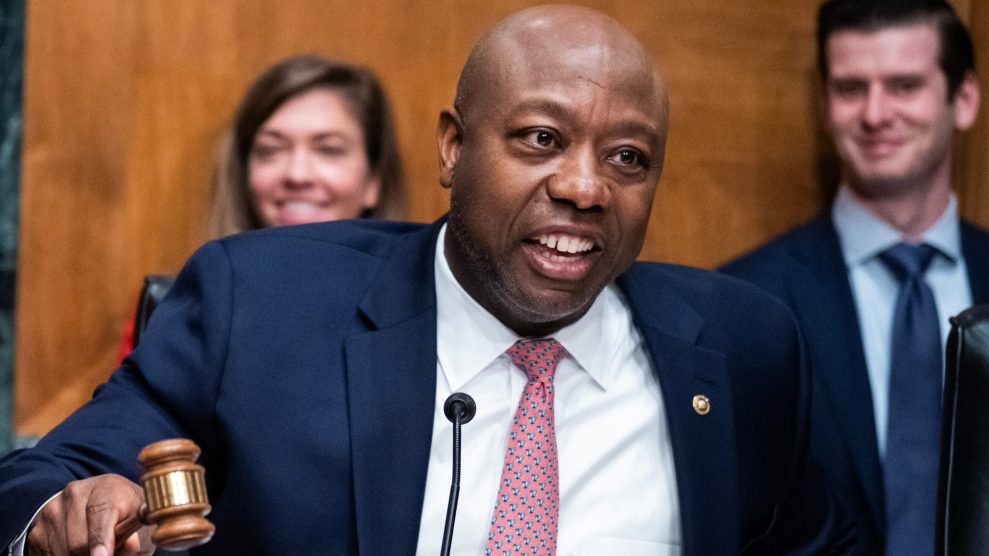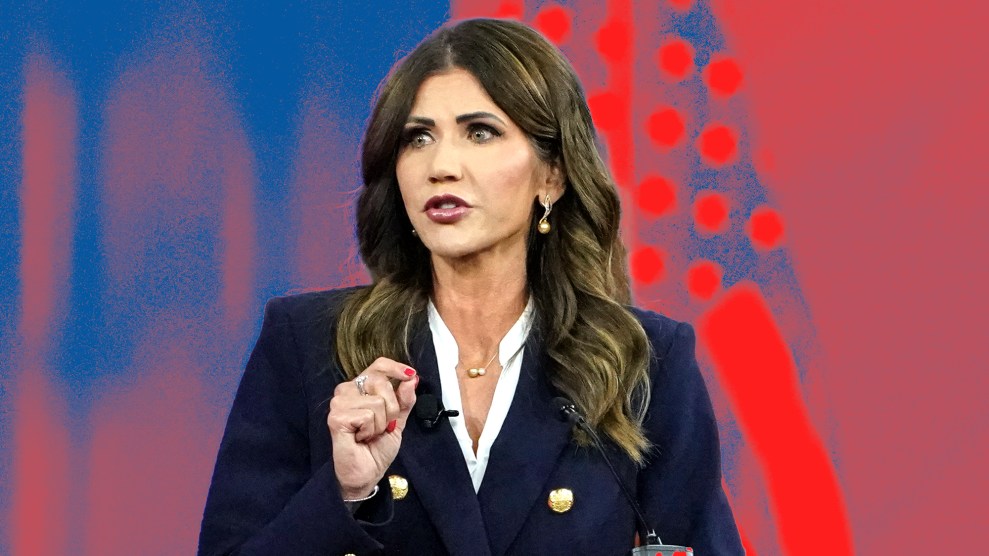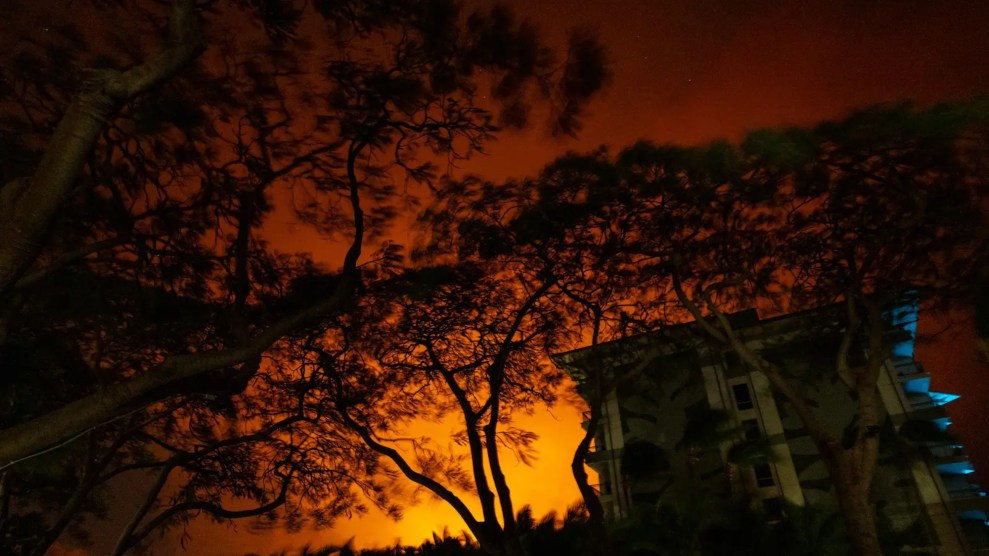George Monbiot, the Guardian columnist and global warming author who combines pugilistic defenses of climate science with Monty Pythonesque levity, is struck by a paradox at the heart of the attempt to achieve action here in Copenhagen. For, as he put it to a full room last night at a panel hosted by the Danish science magazine FORSKERForum, “In the past year, there has been a massive upsurge in climate change denial in the United States, even as the science gets stronger.”
Opinion polls certainly support Monbiot’s contention. According to results released in October by the Pew Research Center, considerably fewer Americans now believe the Earth is warming (the decline has been from 71 percent to 57 percent over the space of a year and a half). And as for agreement with scientists about the cause of global warming—human activities, human emissions—that too has sloped downwards, to just 36 percent today.
How is this possible?
In Monbiot’s view, the explanation goes to the heart of the word “denial”—the more dire the science gets, the less willing some are to face it. Moreover, Monbiot observed that the science of climate is so complex—and climate policy is even more so—that some prefer a “charming, simple lie,”—that global warming is bogus—to a hard and discomforting truth.
I was on the FORSKERForum panel with Monbiot, and when my turn came to speak, I gave a few additional explanations for the backslide in public opinion. One key factor has given climate denialists in the US an incredible amount of new momentum this year: a new president. It is much easier for conservatives to drum up anti-Obama outrage—fueled by a sense of political disenfranchisement and visceral rage—than it was to defend a lame duck Bush. When Bush was president, those of us calling for action on climate change (and exposing Bush administration climate scandals) had the strength of righteous outrage behind us. Now, the political dynamic has been entirely reversed.
As Monbiot further pointed out, the disturbing climate denial polls cited above came out before the “ClimateGate” email scandal, which has damaged US public attitudes about climate change even more. In fact, a Rasmussen poll taken after the news broke of the incident found that 59 percent of Americans consider it “at least somewhat likely” that scientists have falsified data to support the case for warming, while another 35 percent consider it “very likely.” Just 26 percent say “not very or not at all likely.” This is a truly appalling set of figures.
Against this backdrop, Monbiot had some fairly scathing words for the scientists whose messages were leaked in ClimateGate. He had already attacted controversy by calling for climate scientist Phil Jones to step down from the Climate Research Unit, the organization at the center of the scandal. He now opined that although many of the emails are innocuous, “some of it is pretty bad.” He described himself as “very aggrieved with the scientists” involved and the way they have empowered the US-based denial industry.
Whether or not you agree with Monbiot’s take on ClimateGate (I think it is too strong), we can all lament the direction that public opinion is going on climate—the stats are shocking. At this point, the chief hope has to be that US political leaders, bolstered by advisors who understand the science, can hold the line at Copenhagen despite these tremors at home.
But there’s also a lesson here: There is no necessary correlation between stronger scientific evidence on global warming and stronger public recognition of the problem. Not on such a fraught issue; not with so much concerted effort to convince the public of the opposite view.
When the US team returns from Copenhagen, no matter what they have acheived, they may face an even more intense political battle at home.















